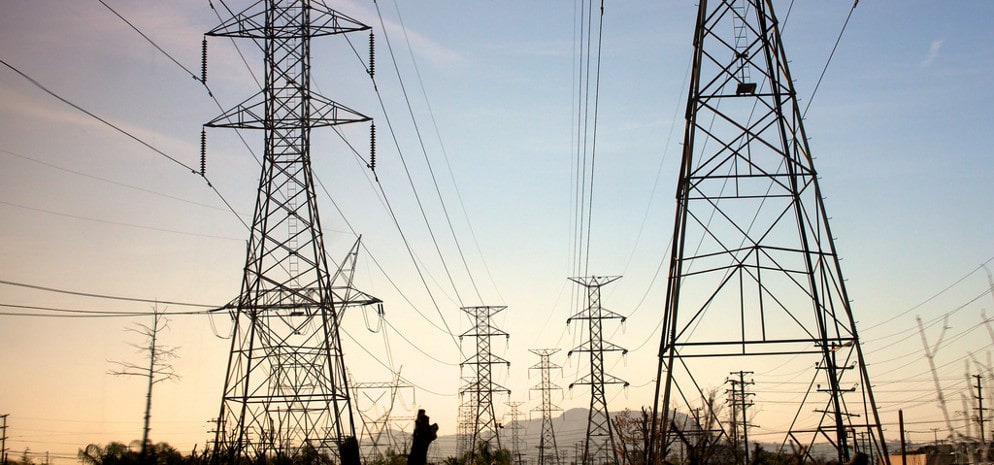By Will Driscoll
The North American electric grid’s annual checkup shows that it is becoming increasingly reliable, as solar and wind gain share, according to the North American Electric Reliability Corporation (NERC).
For solar, one grid reliability factor—frequency response—is of great interest because of concern, as stated in the report, that “a changing resource mix and increase in renewable resources” may have a “potential impact on frequency response performance.”
Frequency response has steadily improved since 2013, as shown in the last two columns of this table (i.e., one or both measures are improving in each interconnection):

The report notes that inverters from solar and wind farms now provide frequency support, alongside the frequency support that has traditionally been provided by synchronous inertia from fossil-fired generators. (See, for example, a report on solar and frequency support, prepared by California’s grid operator, First Solar, and the National Renewable Energy Laboratories.)
The 2017 solar eclipse was another bright spot for solar, as “no issues developed” from the transitory loss of mid-day solar power, because utilities had planned for the occurrence—just as they do for cloudy days.
Beyond frequency response, the report covered all 13 of NERC’s grid reliability metrics. NERC found that all metrics were either improving, unchanged, or stable, with the exception that the Texas Interconnection is expected to have tight reserve margins this summer. Even there, the report noted that “ERCOT [the Texas grid operator] has a variety of operational tools to help manage tight reserves and maintain system reliability.”
The report provided updates on two incidents related to California wildfires and solar PV inverters. After the first incident, related to a 2016 wildfire, NERC advised utilities to contact a specific inverter manufacturer to implement a reliability solution specific to that manufacturer’s inverters. NERC also formed a task force that will produce a guideline for “inverter-based resource performance” to support grid reliability. After the second incident, related to a 2017 California wildfire, NERC issued a follow-up to the first alert.
Beginning in 2021, NERC expects to collect data on solar generating units that are 20 MW and larger, as part of its Generation Availability Data System that now covers fossil units and is phasing in wind units. Utilities use the data for benchmarking the performance of their own generating units.
NERC was certified by the U.S. Federal Energy Regulatory Commission as the nation’s electric reliability organization in 2006, pursuant to the Energy Policy Act of 2005. Alaska, Hawaii, and Puerto Rico are not included in NERC, although an Alaskan organization has an affiliate membership.
Will Driscoll, MPA, JD, is an energy and environmental policy analyst who has worked primarily for the U.S. EPA via the contractor ICF Consulting. His recent work is at SaveTheClimate.us.
This content is protected by copyright and may not be reused. If you want to cooperate with us and would like to reuse some of our content, please contact: editors@pv-magazine.com.









By submitting this form you agree to pv magazine using your data for the purposes of publishing your comment.
Your personal data will only be disclosed or otherwise transmitted to third parties for the purposes of spam filtering or if this is necessary for technical maintenance of the website. Any other transfer to third parties will not take place unless this is justified on the basis of applicable data protection regulations or if pv magazine is legally obliged to do so.
You may revoke this consent at any time with effect for the future, in which case your personal data will be deleted immediately. Otherwise, your data will be deleted if pv magazine has processed your request or the purpose of data storage is fulfilled.
Further information on data privacy can be found in our Data Protection Policy.